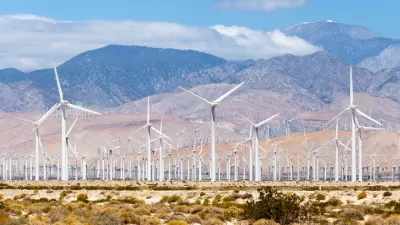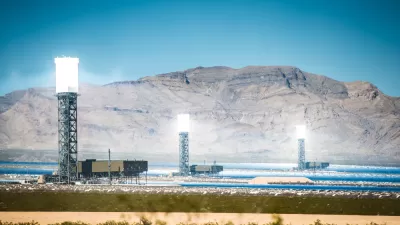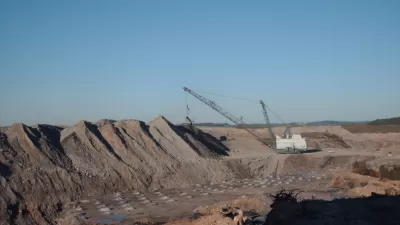The catastrophic spill of coal ash sludge in Tennessee is a wake-up call: there are more than 1,300 such dumps across the U.S., and, as a result of coal industry lobbying, no federal regulations for safe storage, reuse or disposal of the waste.
"The coal ash pond that ruptured and sent a billion gallons of toxic sludge across 300 acres of East Tennessee last month was only one of more than 1,300 similar dumps across the United States - most of them unregulated and unmonitored - that contain billions more gallons of fly ash and other byproducts of burning coal.
Like the one in Tennessee, most of these dumps, which reach up to 1,500 acres, contain heavy metals like arsenic, lead, mercury and selenium, which are considered by the Environmental Protection Agency to be a threat to water supplies and human health. Yet they are not subject to any federal regulation, which experts say could have prevented the spill, and there is little monitoring of their effects on the surrounding environment.
The amount of coal ash has ballooned in part because of increased demand for electricity, but more because air pollution controls have improved. Contaminants and waste products that once spewed through the coal plants' smokestacks are increasingly captured in the form of solid waste, held in huge piles in 46 states, near cities like Pittsburgh, St. Louis and Tampa, Fla., and on the shores of Lake Erie, Lake Michigan and the Mississippi River."
FULL STORY: Hundreds of Coal Ash Dumps Lack Regulation

Planetizen Federal Action Tracker
A weekly monitor of how Trump’s orders and actions are impacting planners and planning in America.

Congressman Proposes Bill to Rename DC Metro “Trump Train”
The Make Autorail Great Again Act would withhold federal funding to the system until the Washington Metropolitan Area Transit Authority (WMATA), rebrands as the Washington Metropolitan Authority for Greater Access (WMAGA).

The Simple Legislative Tool Transforming Vacant Downtowns
In California, Michigan and Georgia, an easy win is bringing dollars — and delight — back to city centers.

The States Losing Rural Delivery Rooms at an Alarming Pace
In some states, as few as 9% of rural hospitals still deliver babies. As a result, rising pre-term births, no adequate pre-term care and "harrowing" close calls are a growing reality.

The Small South Asian Republic Going all in on EVs
Thanks to one simple policy change less than five years ago, 65% of new cars in this Himalayan country are now electric.

DC Backpedals on Bike Lane Protection, Swaps Barriers for Paint
Citing aesthetic concerns, the city is removing the concrete barriers and flexposts that once separated Arizona Avenue cyclists from motor vehicles.
Urban Design for Planners 1: Software Tools
This six-course series explores essential urban design concepts using open source software and equips planners with the tools they need to participate fully in the urban design process.
Planning for Universal Design
Learn the tools for implementing Universal Design in planning regulations.
Smith Gee Studio
City of Charlotte
City of Camden Redevelopment Agency
City of Astoria
Transportation Research & Education Center (TREC) at Portland State University
US High Speed Rail Association
City of Camden Redevelopment Agency
Municipality of Princeton (NJ)





























